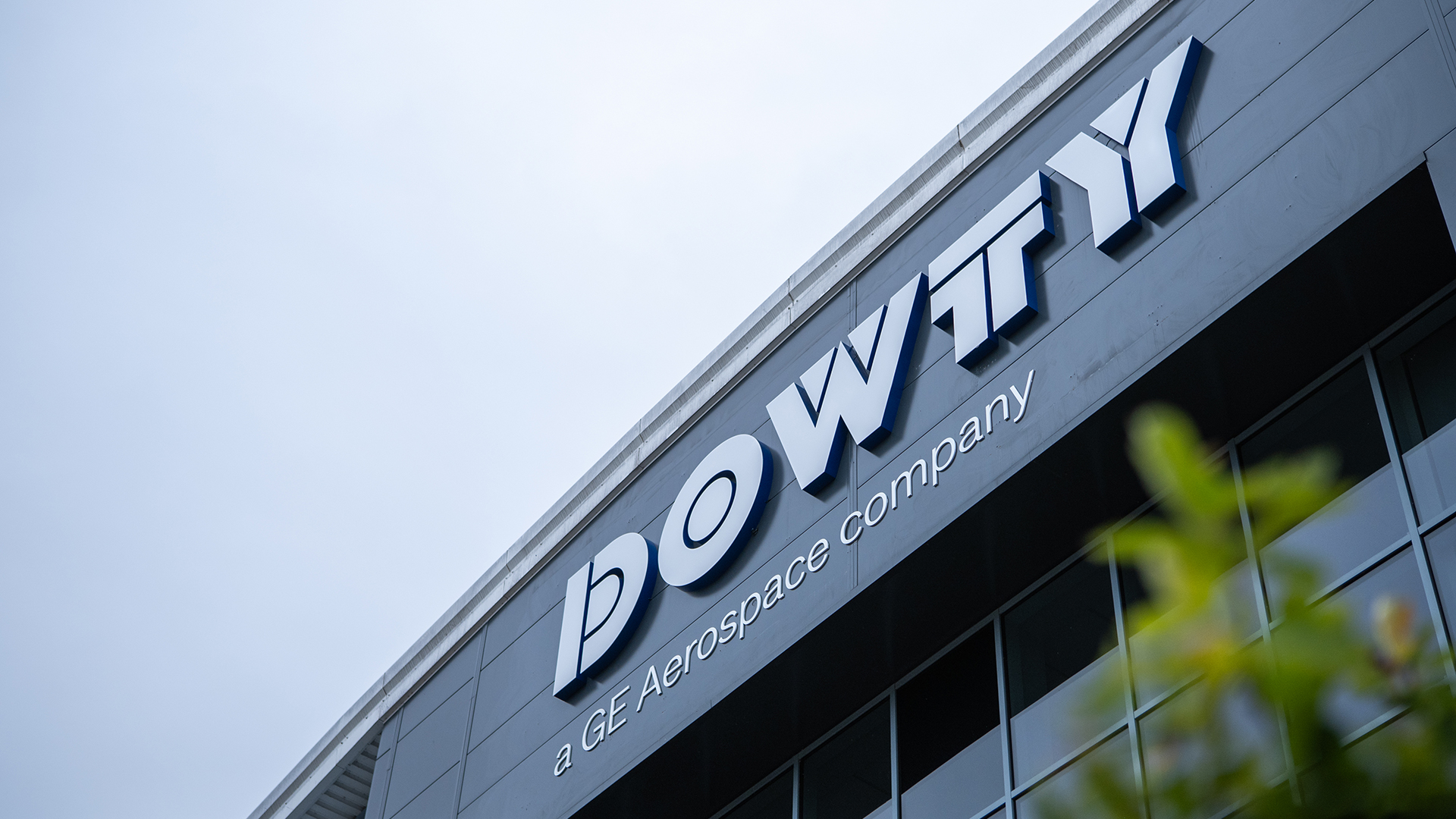The Aerodays 2015 innovation event spotlights Dowty Propellers’ research efforts
November 25, 2015
Dowty Propellers’ technology research to make future regional turboprop aircraft quieter and more efficient was highlighted at the recent European Aerodays innovation event in London.
Propulsion aerodynamics and acoustics improvements
Taking centre stage at Aerodays was the Impacta programme, a UK effort that focuses on propulsion aerodynamics and acoustics improvements by using a combination of wind-tunnel testing and numerical simulations.
This effort is funded by the Aerospace Technology Institute (ATI), bringing together Dowty Propellers in a collaboration with the Aircraft Research Association and the University of Liverpool.
Displayed on the ATI exhibit stand at Aerodays was one of the 1/5th scale Dowty Propellers-defined propeller blade and hub models tested in the Aircraft Research Association’s wind tunnel. The testing involved two blade designs, three hub designs and two engine intake configurations.
Mounted on a wing section representing a high-wing turboprop regional aircraft, the eight-blade scale models were evaluated at rotation speeds of up to 6,000 rpm. and in airflow conditions representing flight speeds of up to 0.6 Mach. The test installation was positioned with angles of attacks ranging from -2 deg. to +6 deg.
A UK government and industry commitment
Supporting the Impacta evaluations were full-blade modelling using computational fluid dynamics simulations with the Solar-TAU code, which was compared with data from the wind tunnel testing.
Impacta programme funding comes from the Aerospace Technology Institute as part of a UK government and industry commitment to jointly invest £2.1 billion in civil aerospace during seven-year period. Following ATI’s creation in 2013, over 100 projects have been launched.
The scale model testing was performed in the Aircraft Research Association’s transonic wind tunnel, located at Bedford, UK. Dowty Propellers is a member of this association, which operates as an independent research and development organisation.


